
On the occasion of the 50th anniversary of the Liberation of the South and National Reunification (April 30, 1975 - April 30, 2025), the National Museum of History organizes a thematic exhibition: "The country is united".
With nearly 150 documents and artifacts, the exhibition consists of 3 parts:
Part 1: Desire for Unification
The exhibition introduces: The Vietnamese people implementing the Geneva Agreement; entering the construction of socialism in the North and the struggle for peace and national reunification of the people of the North and South.
Typical documents and artifacts: Hien Luong Bridge across Ben Hai River, the temporary border between North and South Vietnam since July 1954; Northern people happily welcomed Southern cadres and soldiers regrouping to the North in Sam Son, Thanh Hoa, in 1955; Saigon - Gia Dinh people fought for national reunification, May 1, 1956; Hanoi Mechanical Factory (Hanoi Mechanical Company), one of the largest industrial establishments, was established on April 12, 1958.
Part 2: Vietnam is one – Vietnamese people are one
The exhibition introduces the wise policies and decisions of President Ho Chi Minh and our Party that led the Vietnamese army and people to defeat the American invaders; the support and assistance from the great rear of the North to the great front line of the South; the support of the people of the world to the cause of fighting against the US to save the country of the Vietnamese people.
Typical documents and artifacts: The Third National Congress of the Party held in Hanoi from September 5-10, 1960; The founding ceremony of the National Liberation Front of South Vietnam in Tan Lap, Chau Thanh, Tay Ninh, on December 20, 1960; Cu Chi (Saigon) people jointly launched an uprising to destroy the strategic hamlets of the US - puppet regime, in 1960; The "Singing for my compatriots" movement of students in southern cities during the resistance war against the US; Telephone receivers - Border Guard Station No. 27 located in Tan Lap Commune, Tan Bien, Tay Ninh was used for communication, combat command and protection of the Central Office of the South during the resistance war against the US; Convoys of vehicles crossed Truong Son day and night to transport goods to support the large frontline in the South during the resistance war against the US to save the country; Cambodian people wrote slogans protesting the US imperialists' invasion of Vietnam, August 1964; Soviet people rallied to support Vietnam in fighting the US to save the country, Moscow on February 8, 1965; Cuban President Fidel Castro and his delegation visited the liberated zone of South Vietnam in Quang Tri in September 1973; Veterans and American people took to the streets to protest against the war in Vietnam.
Part 3 : The country is one
The exhibition introduces the victories of our army and people in the 1975 Spring General Offensive and Uprising, completely liberating the South; the jubilant atmosphere and joy of the day of national reunification; the reunion of the people of the North and South; the unified Vietnam, the country is united.
Typical documents and artifacts: The Politburo of the Central Executive Committee of the Vietnam Workers' Party met to decide on launching the 1975 Spring General Offensive and Uprising (from December 18, 1974 to January 8, 1975); The Liberation Army attacked and took control of Buon Ma Thuot town, Dak Lak, on March 10, 1975. The Liberation Army advanced across Trang Tien bridge to liberate Hue city, on March 26, 1975. The Liberation Army completely took control of Da Nang city, on March 29, 1975; The Liberation Army marched at lightning speed across the Central Strait to Saigon, on April 9, 1975; The Liberation Army tanks entered and captured the Saigon puppet Presidential Palace, on April 30, 1975; The flag of the National Liberation Front of South Vietnam flies over the Presidential Palace of the puppet government of Saigon, 11:30 a.m., April 30, 1975; The National Reunification Consultative Conference opens in Saigon-Gia Dinh city, November 15, 1975; The opening ceremony of the first session of the National Assembly, June 25, 1976.
The exhibition helps the public, especially the younger generation, better understand the desire for peace, the will to unify, the inseparable solidarity between the North and the South in history, today and forever. Thereby, it arouses pride, self-reliance, and creates positive motivation for every Vietnamese citizen to see more clearly their responsibility in protecting national independence, sovereignty, and territorial integrity; overcoming all difficulties, uniting to successfully achieve the goal of a rich people, a strong country, democracy, fairness, civilization, and bringing the country into the future. New era - The era of national growth.
The exhibition is open from April 22, 2025 to August 2025.
The National Museum of History would like to thank the press agencies for their interest in reporting and writing about this activity!
To serve the purpose of information storage, we hope that reporters will kindly send back articles published in the newspaper to the following address: Communications and External Relations Department, National Museum of History
Email: [email protected] .
Source: https://baotanglichsu.vn/vi/Articles/3090/75384/thong-tin-bao-chi-trung-bay-chuyen-dje-non-song-lien-mot-dai.html




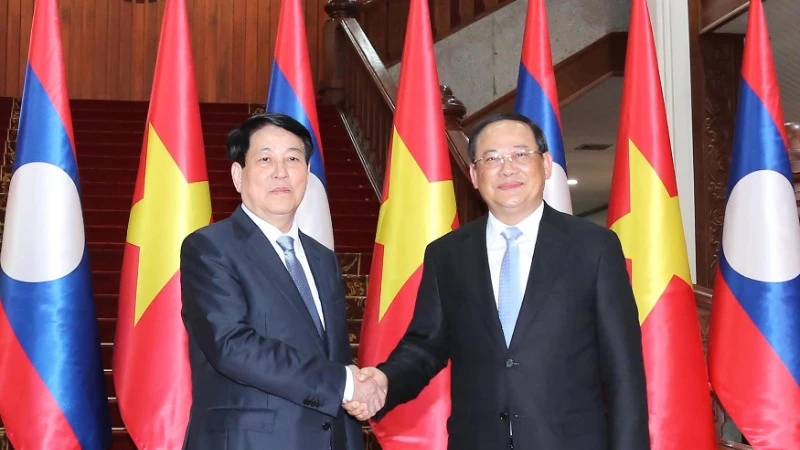
![[Photo] President Luong Cuong meets with Lao Prime Minister Sonexay Siphandone](https://vstatic.vietnam.vn/vietnam/resource/IMAGE/2025/4/25/3d70fe28a71c4031b03cd141cb1ed3b1)

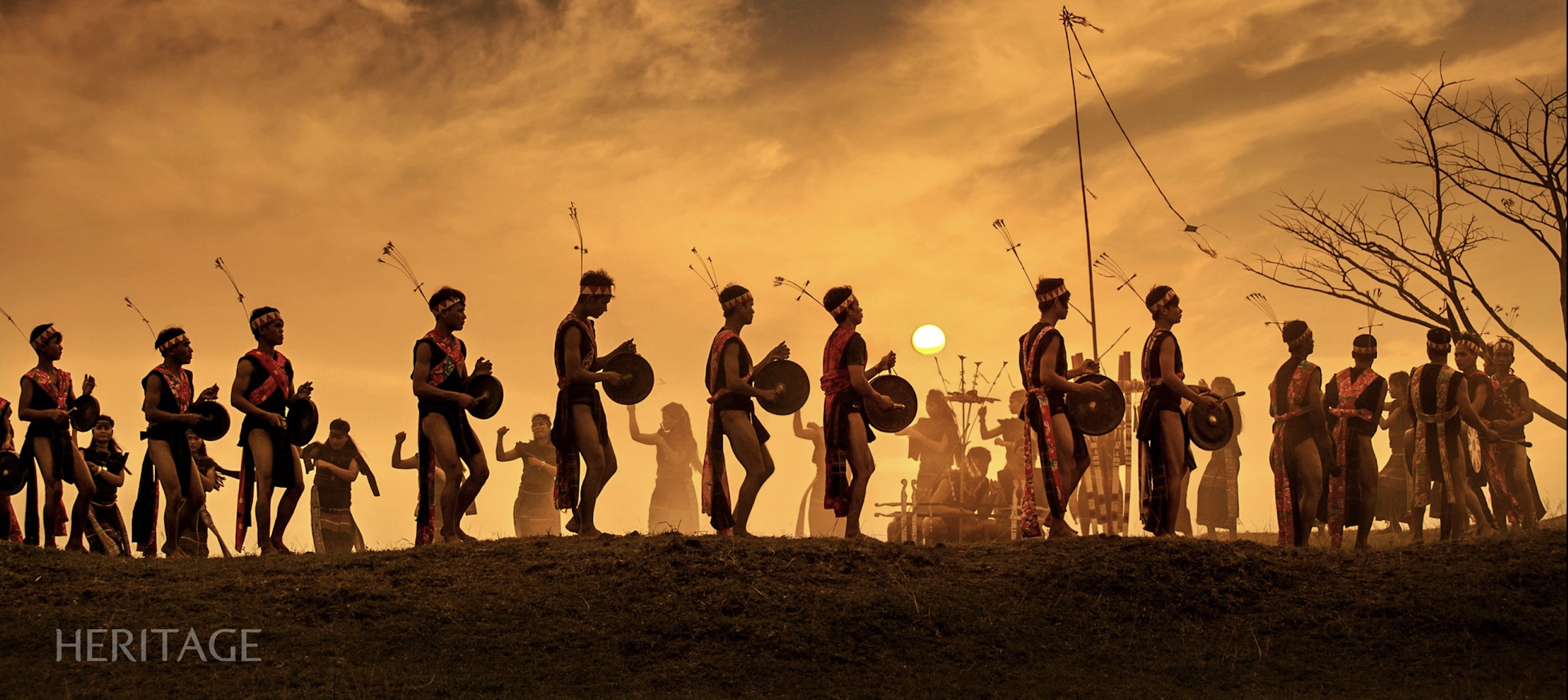


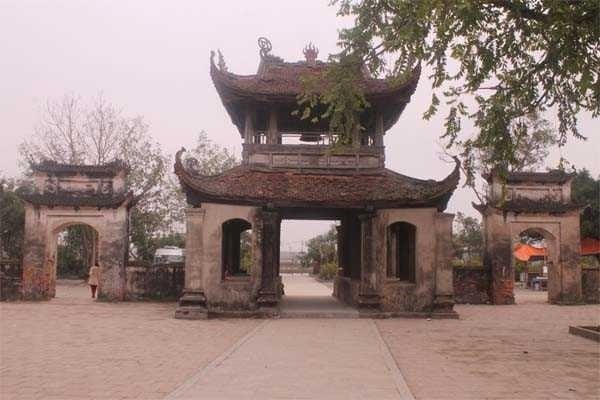
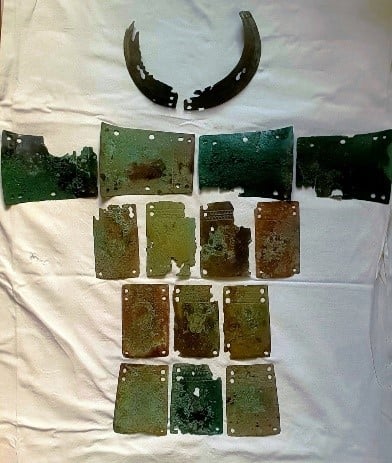
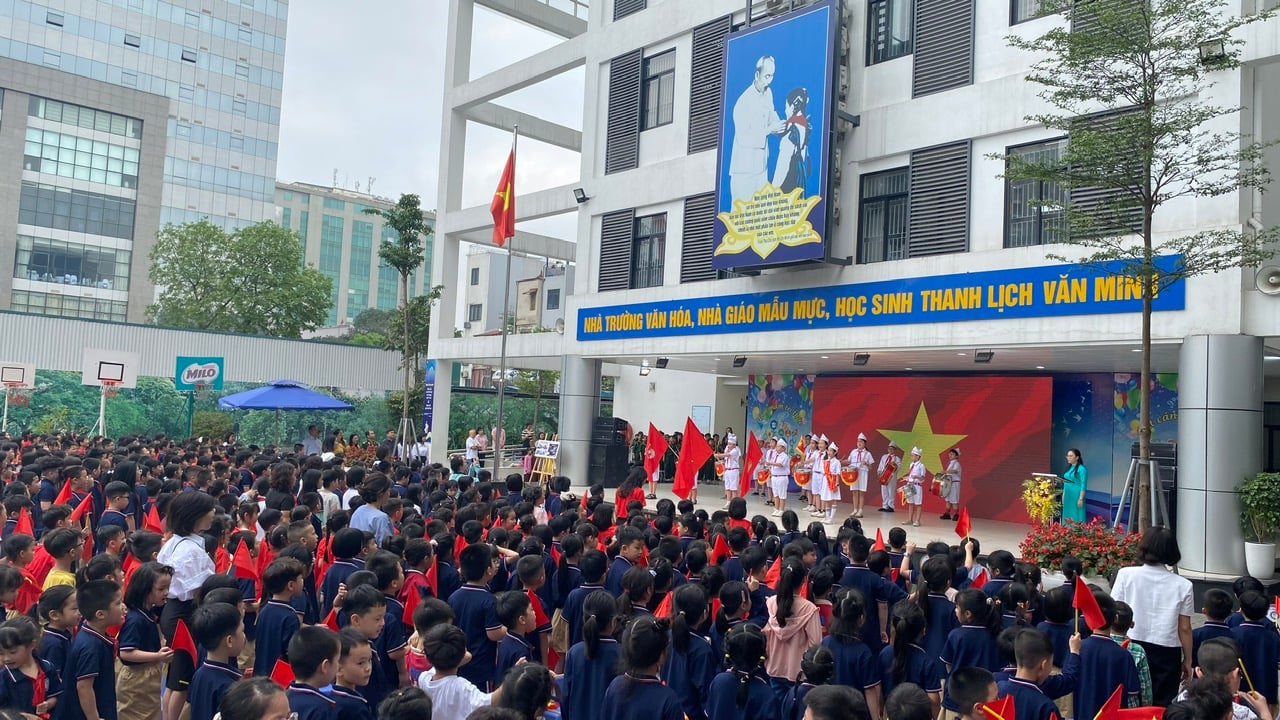
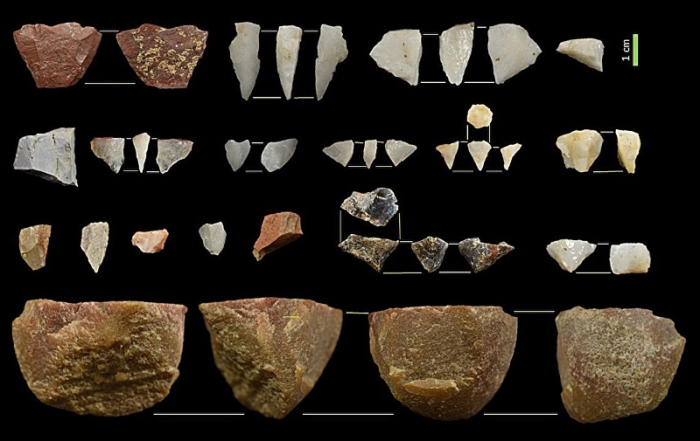
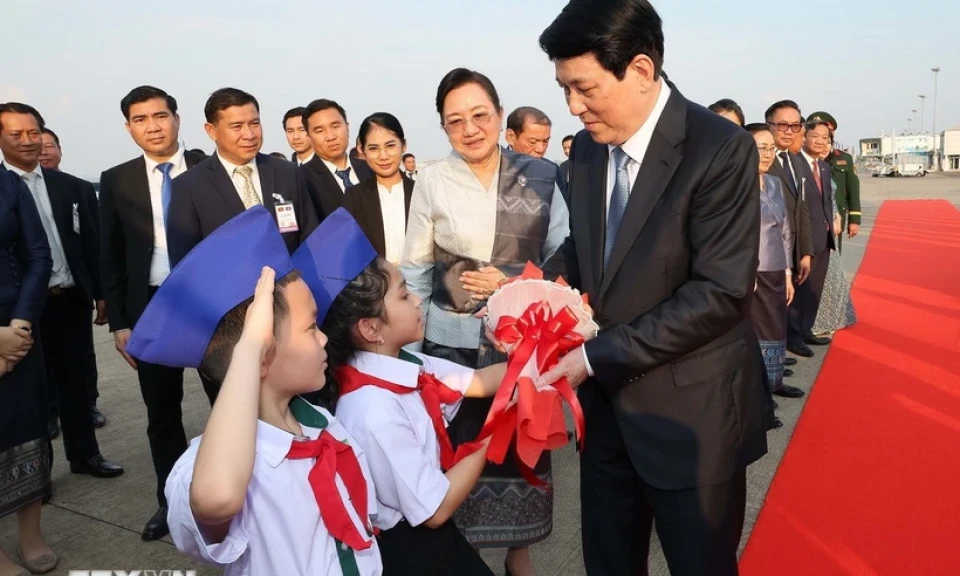
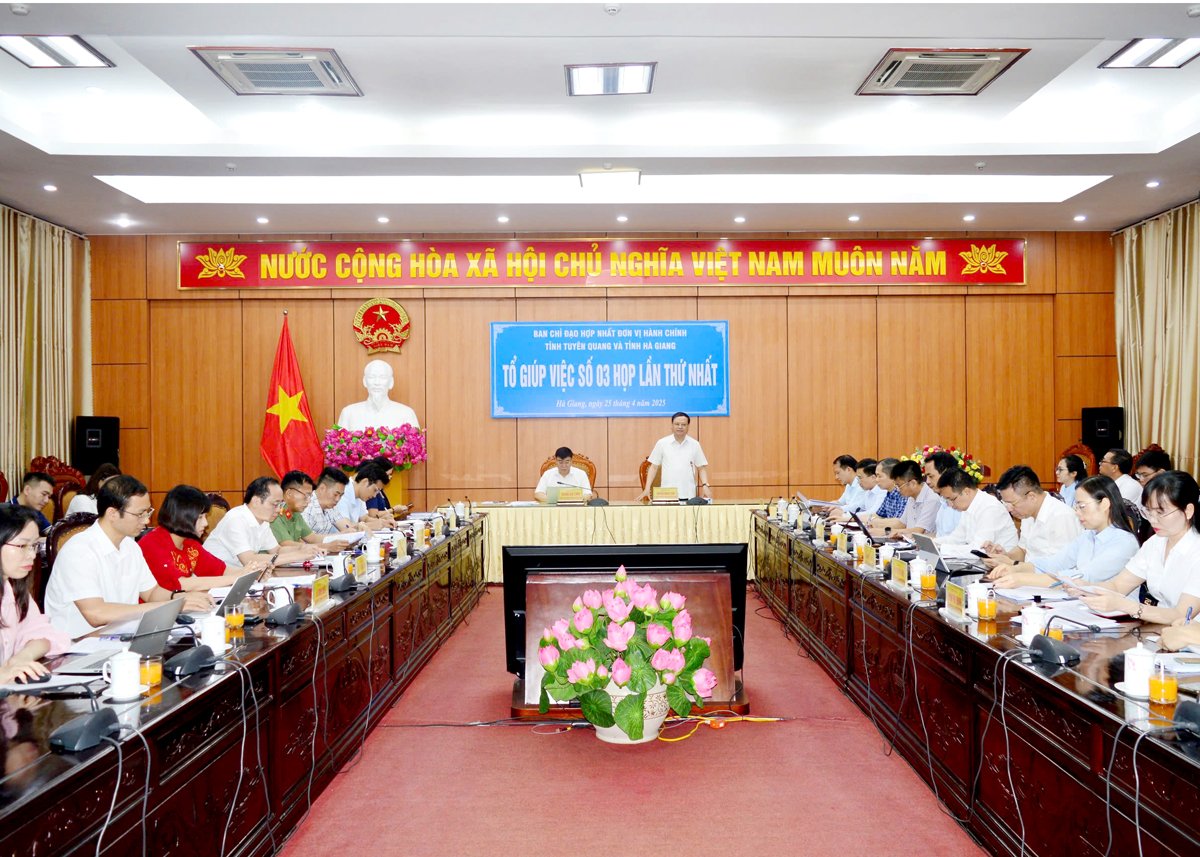
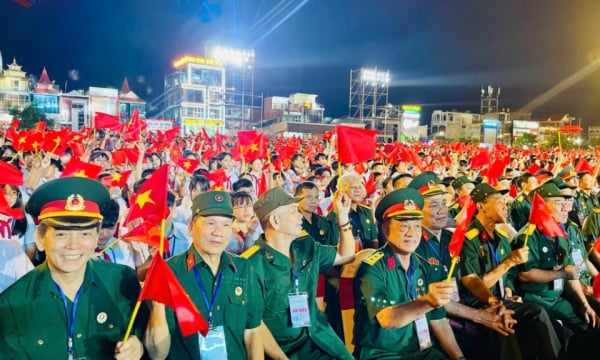
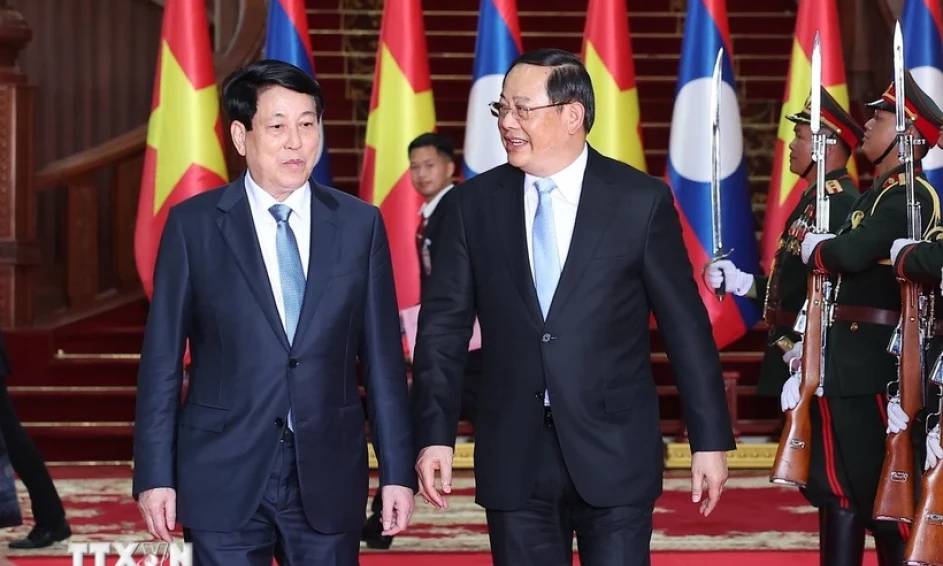
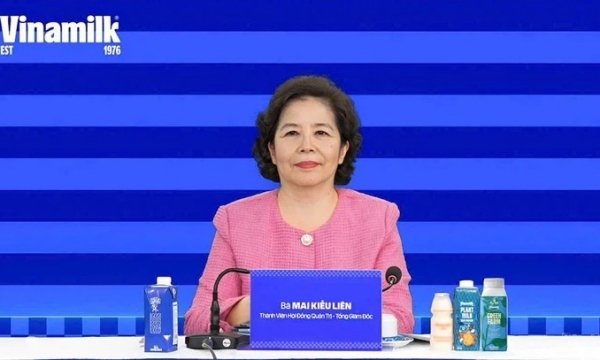
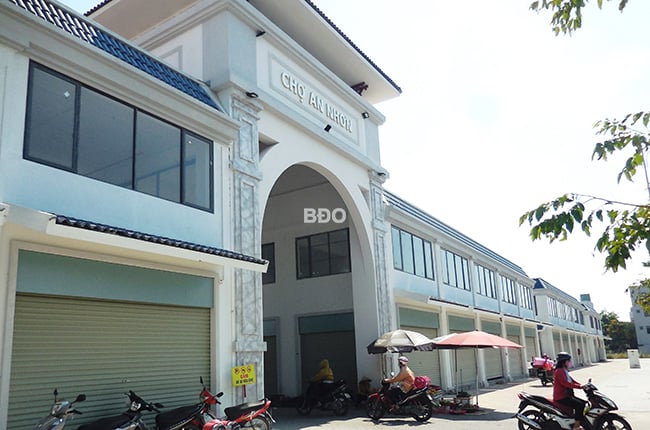
![[Photo] Ho Chi Minh City welcomes a sudden increase in tourists](https://vstatic.vietnam.vn/vietnam/resource/IMAGE/2025/4/25/dd8c289579e64fccb12c1a50b1f59971)
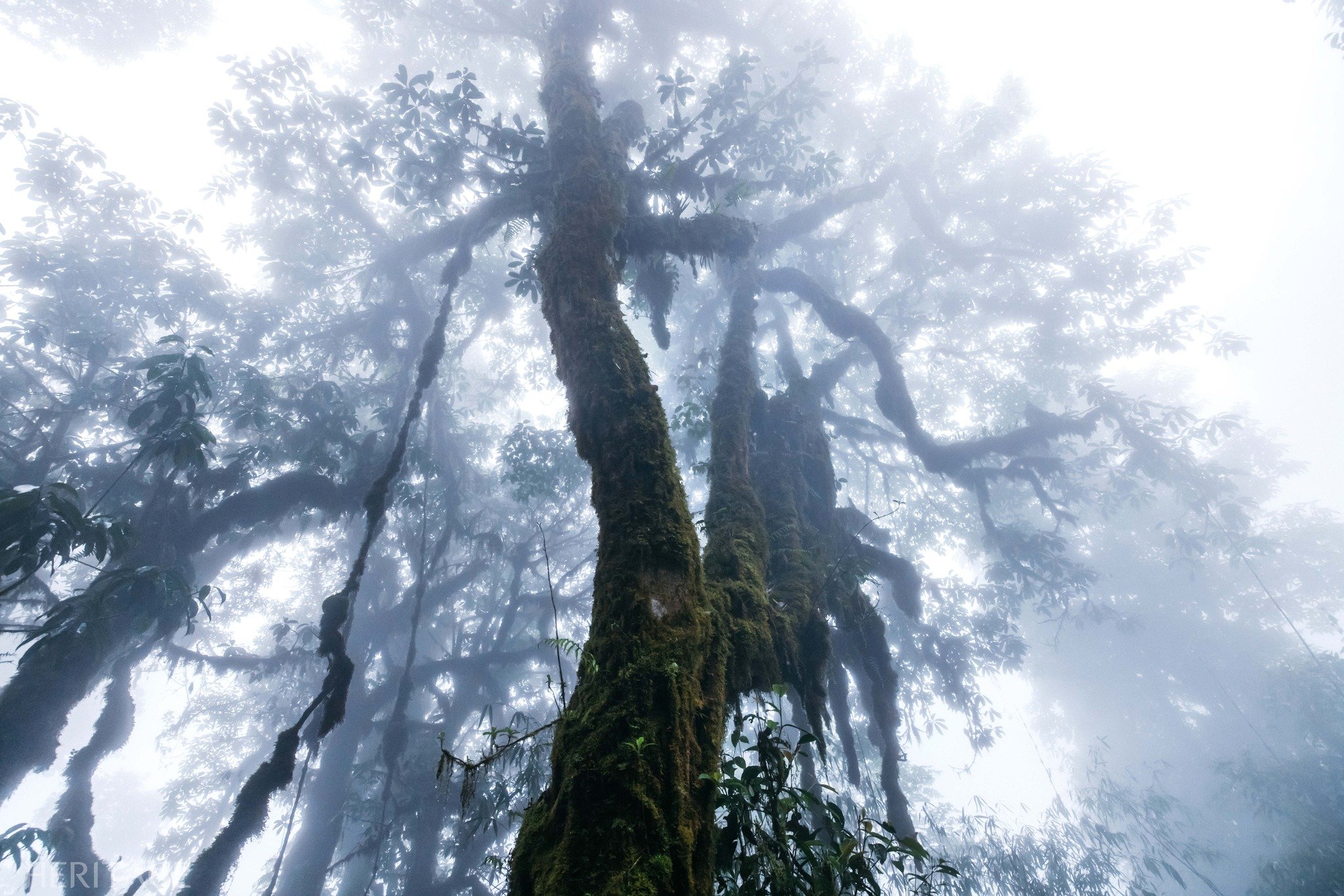
![[Photo] Liberation of Truong Sa archipelago - A strategic feat in liberating the South and unifying the country](https://vstatic.vietnam.vn/vietnam/resource/IMAGE/2025/4/25/d5d3f0607a6a4156807161f0f7f92362)
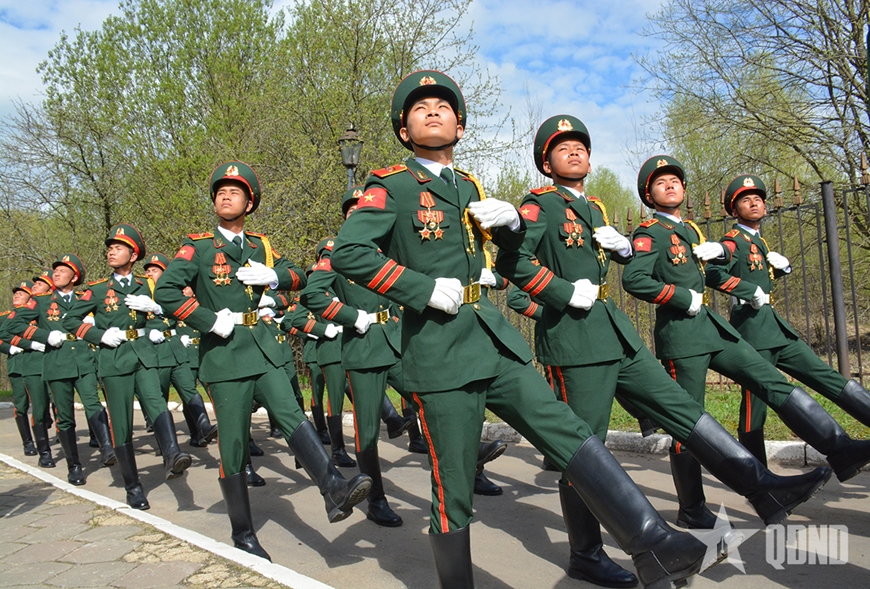
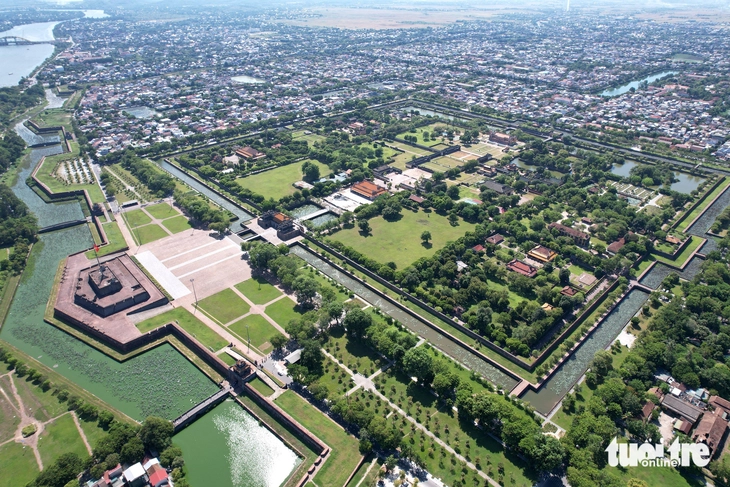

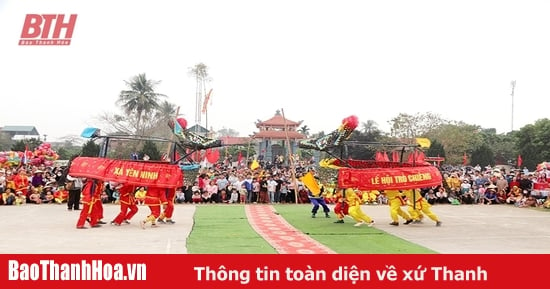

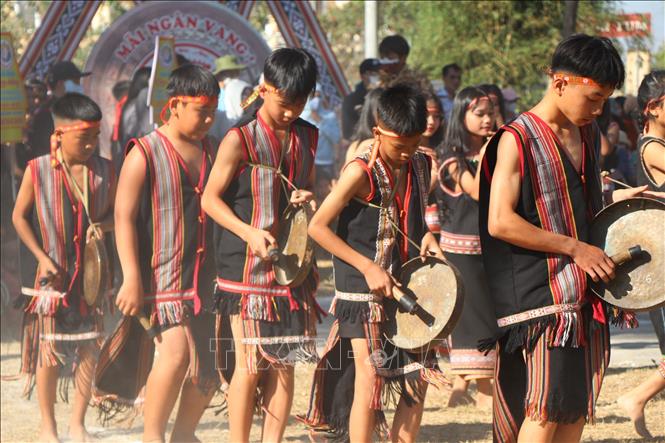

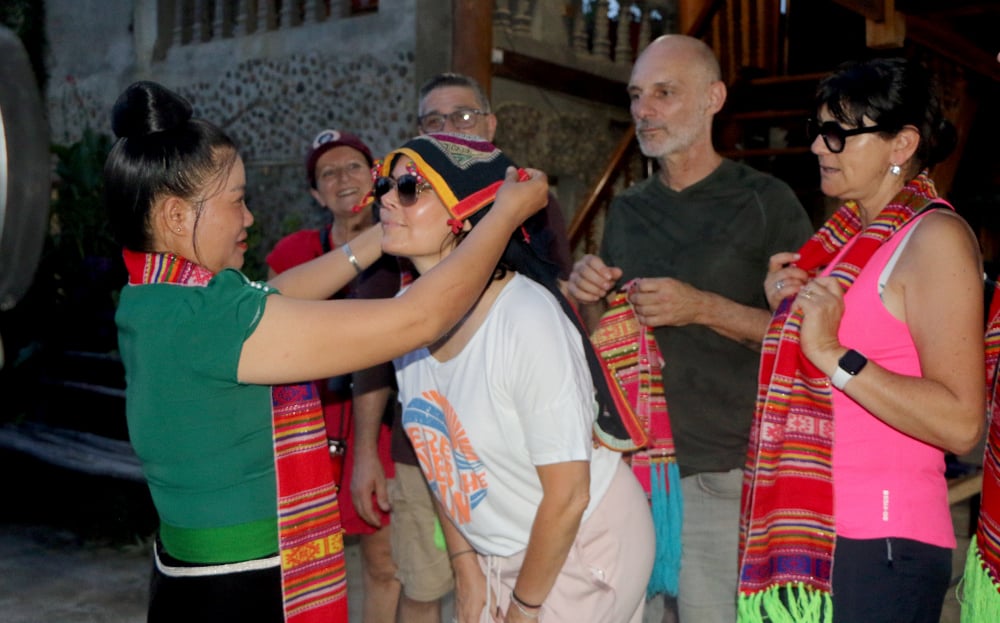
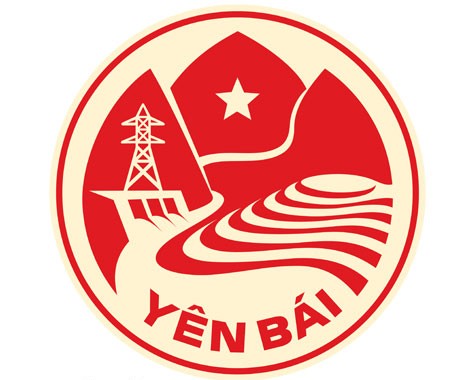
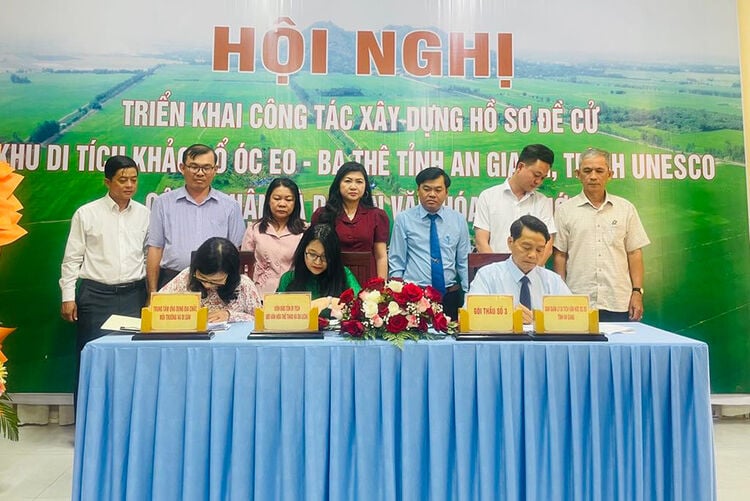
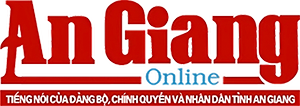
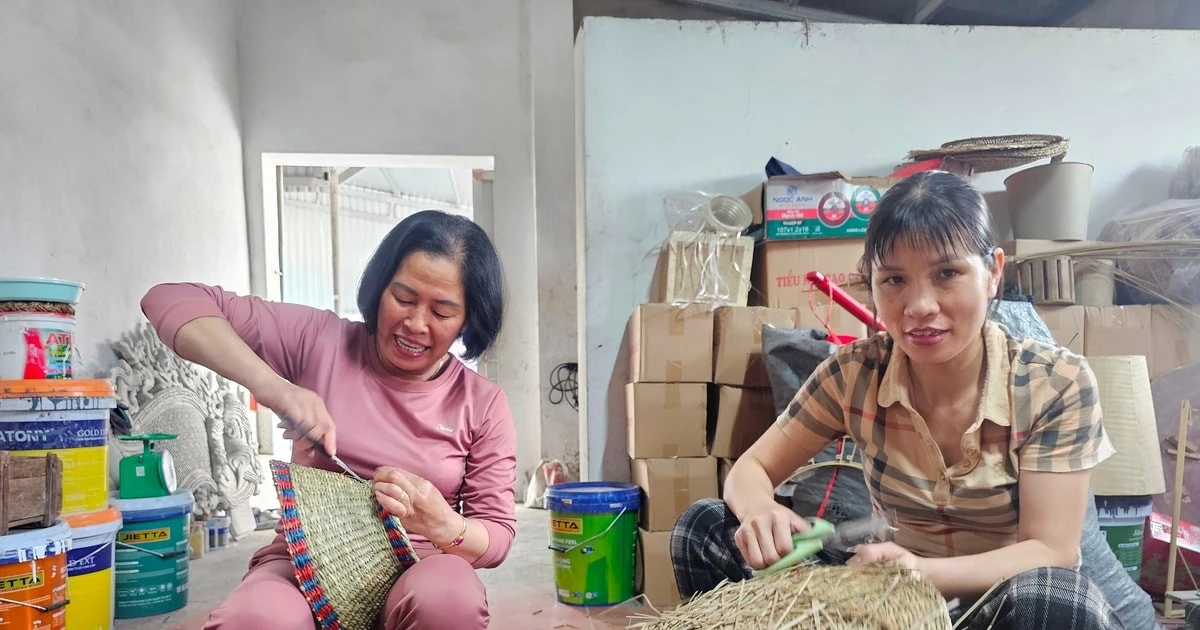

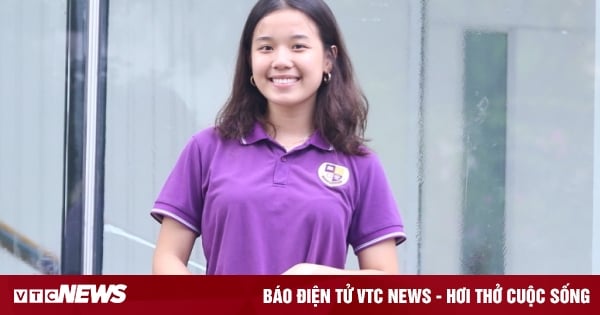



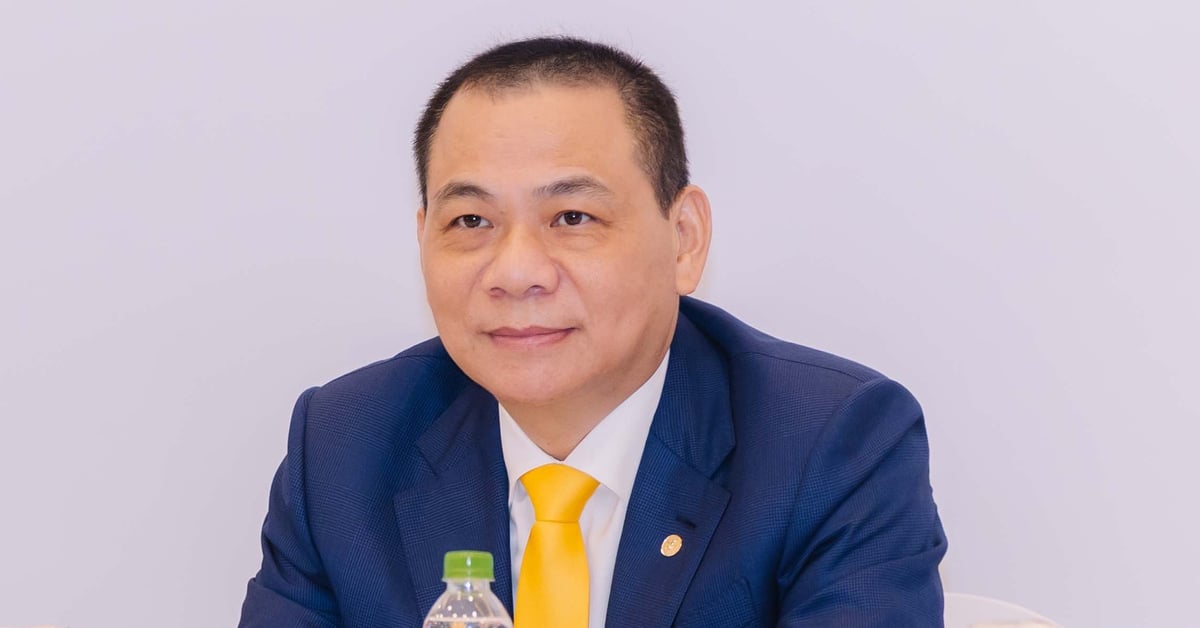



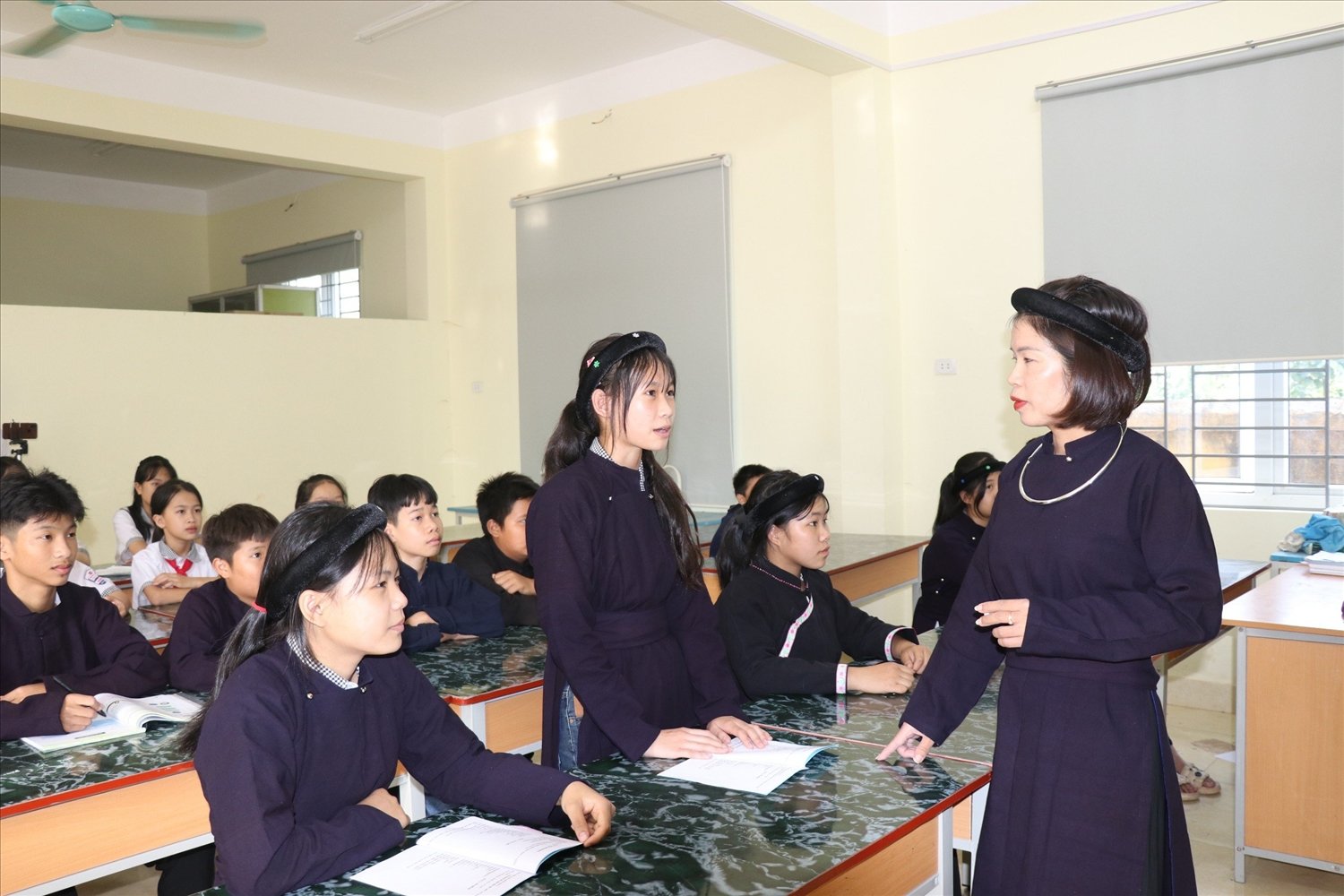
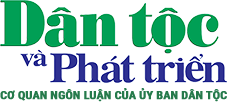


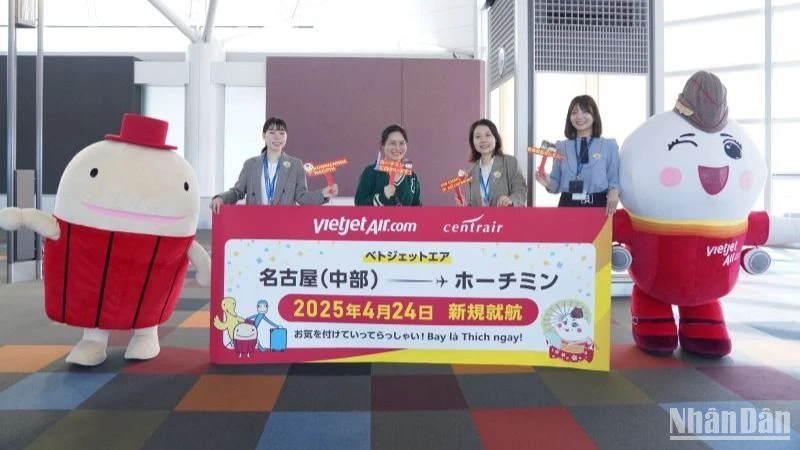


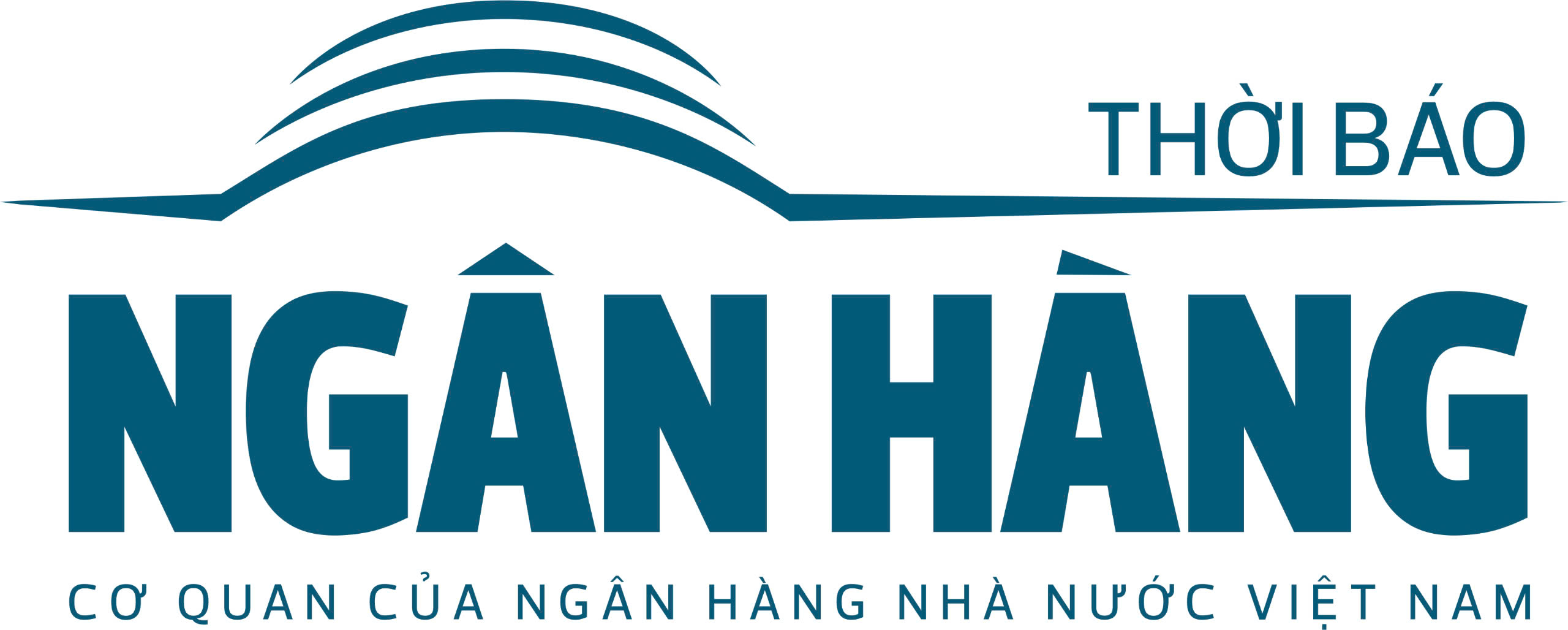
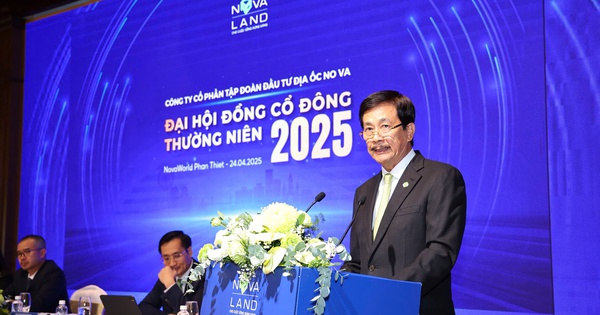

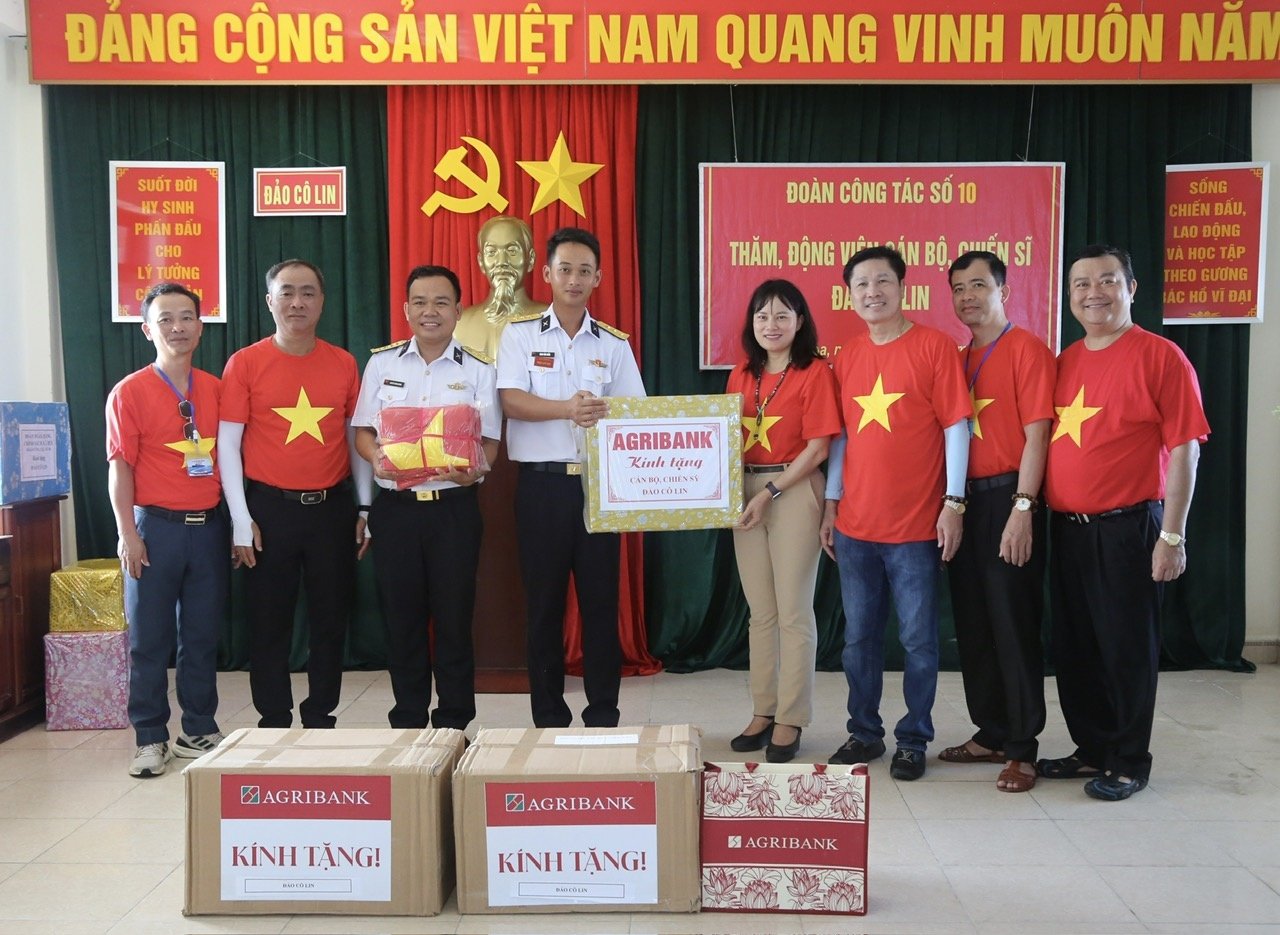
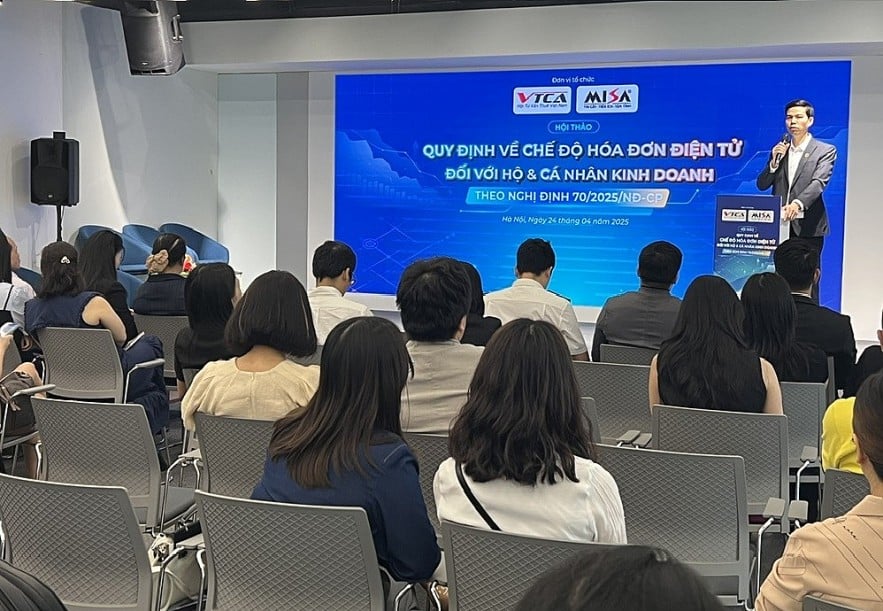
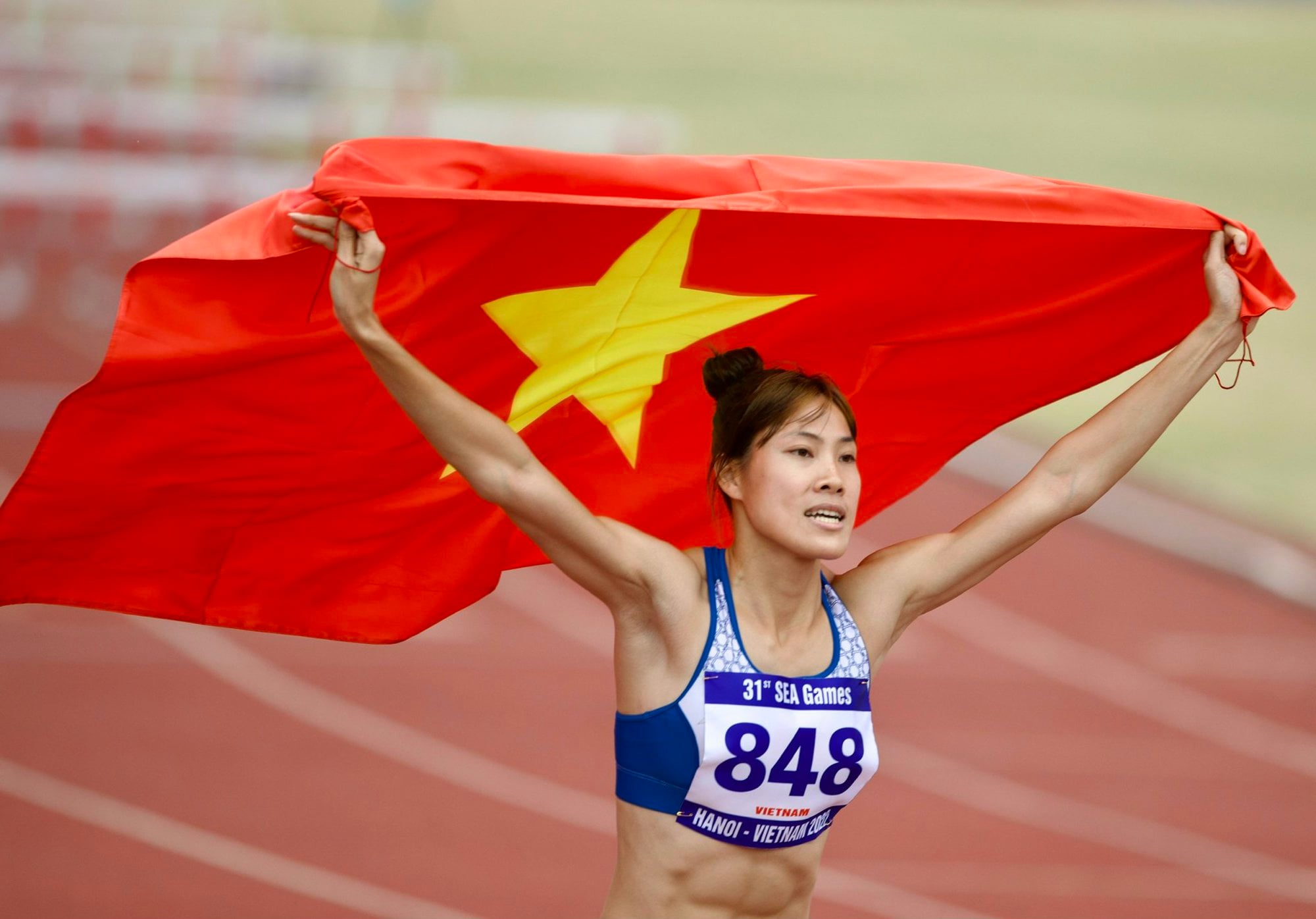
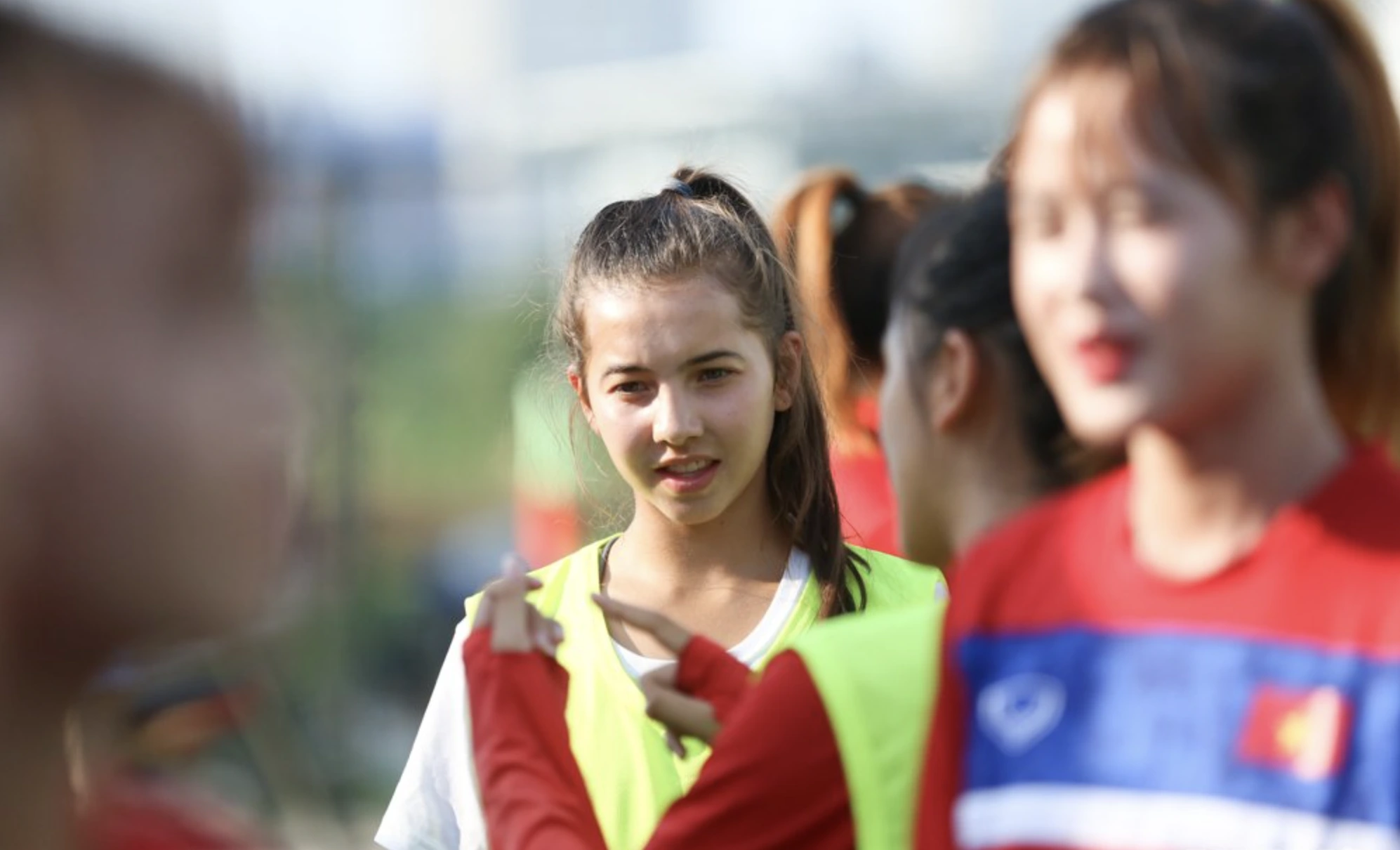
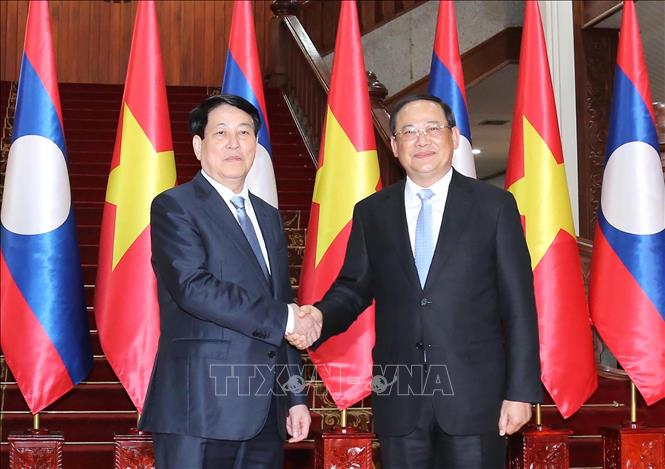
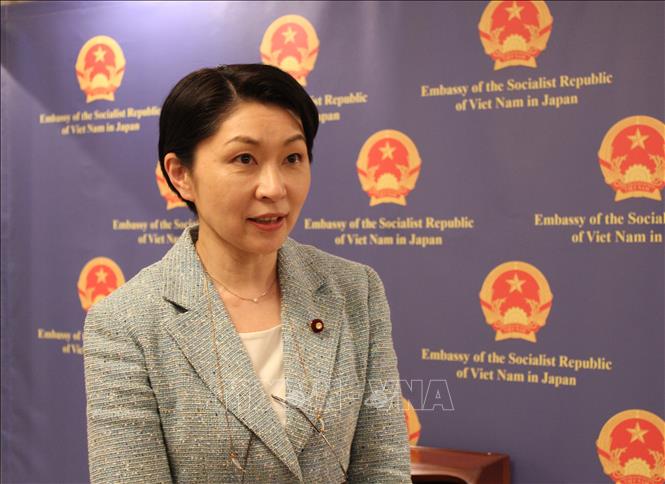
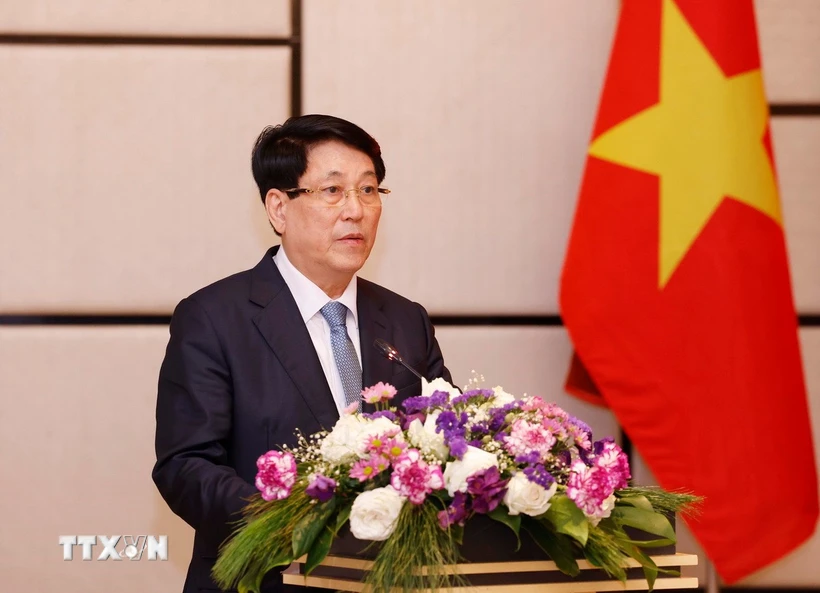

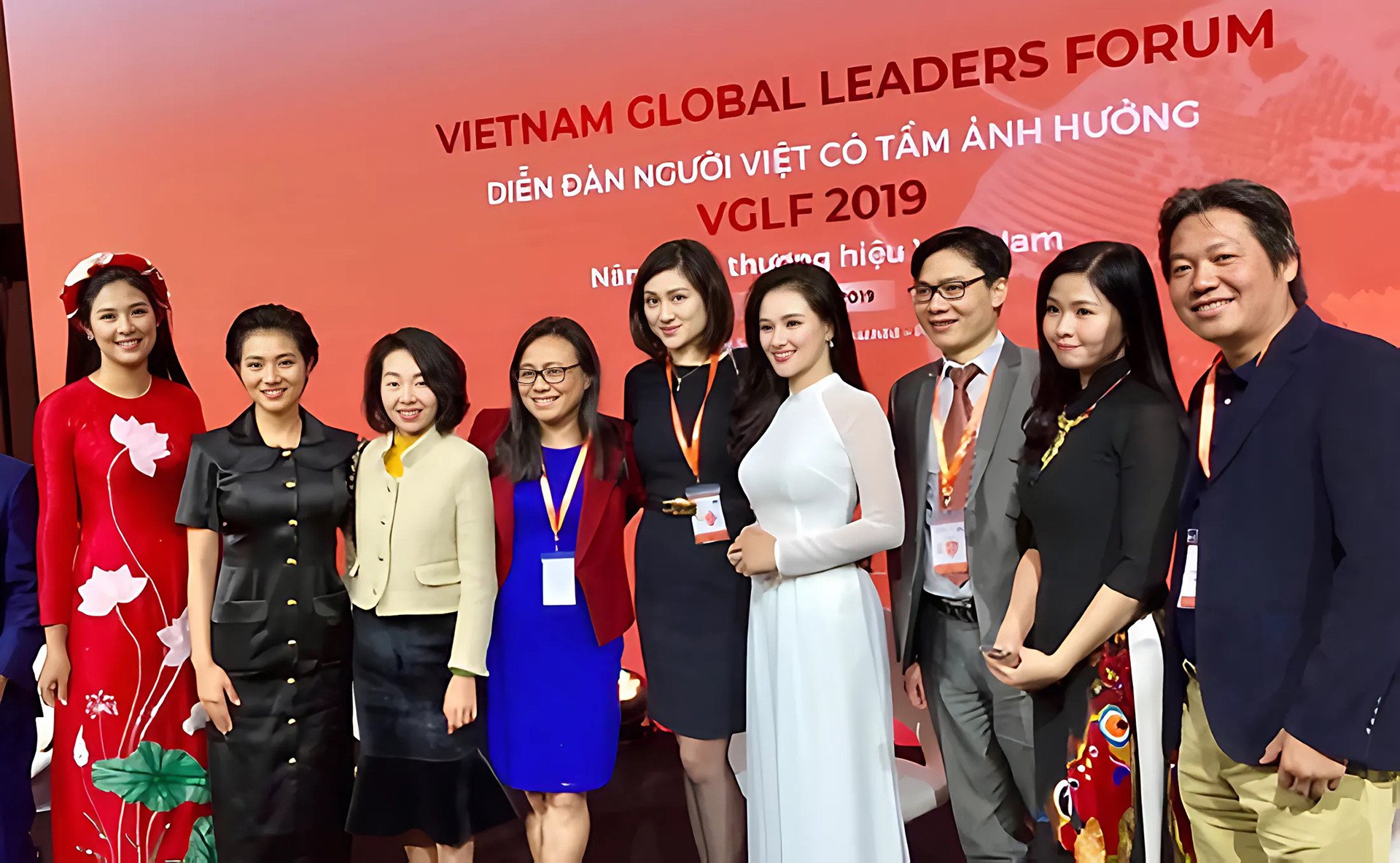

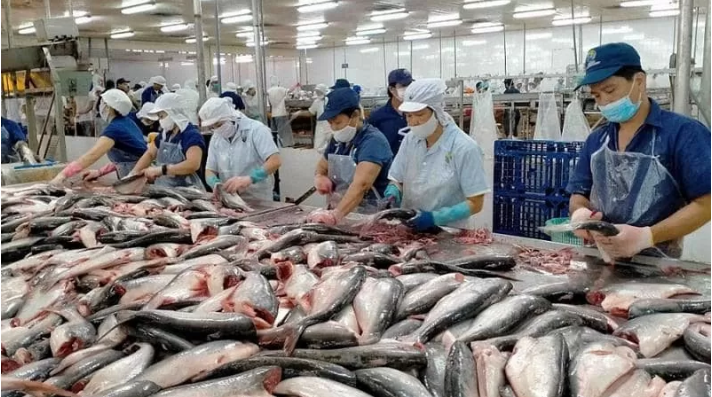

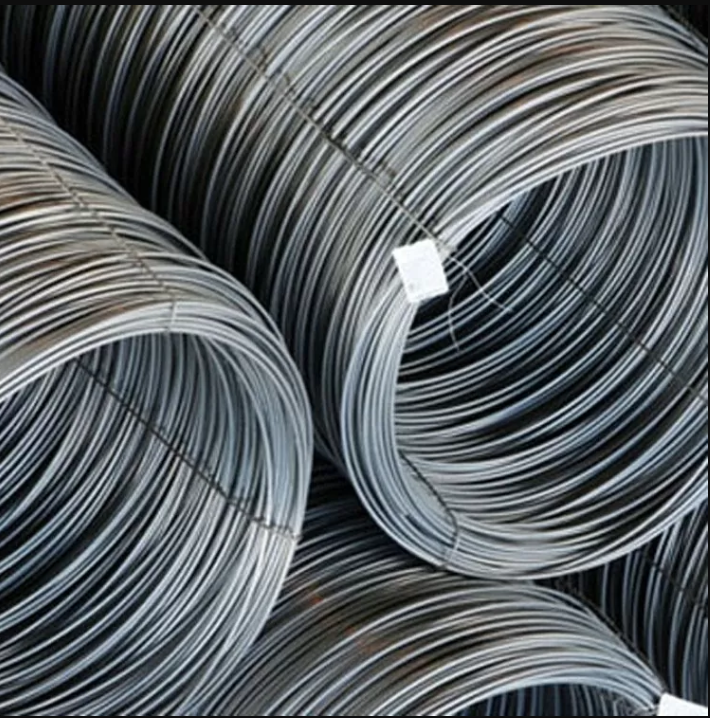
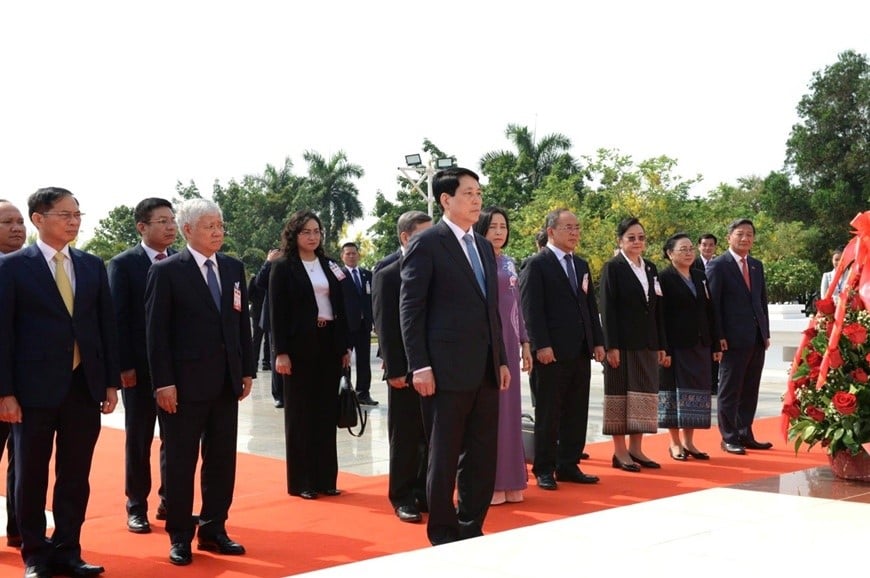
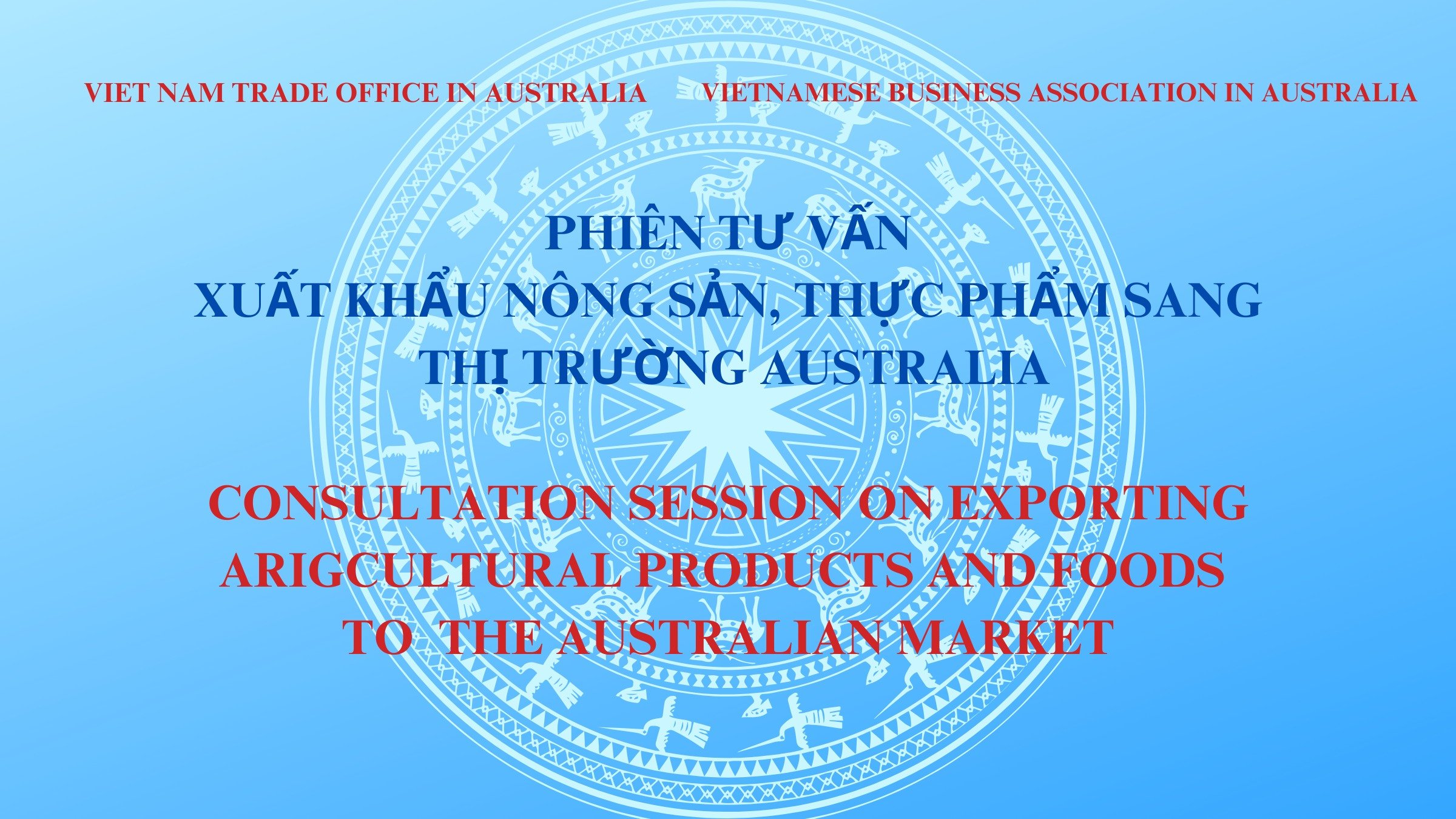


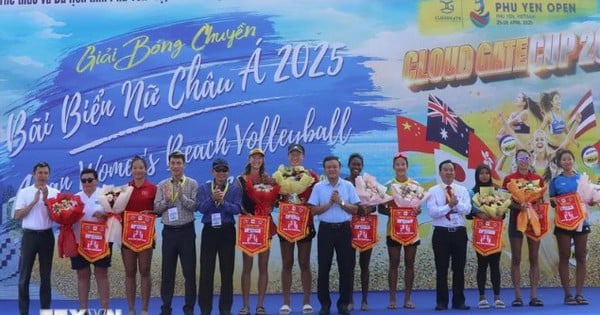
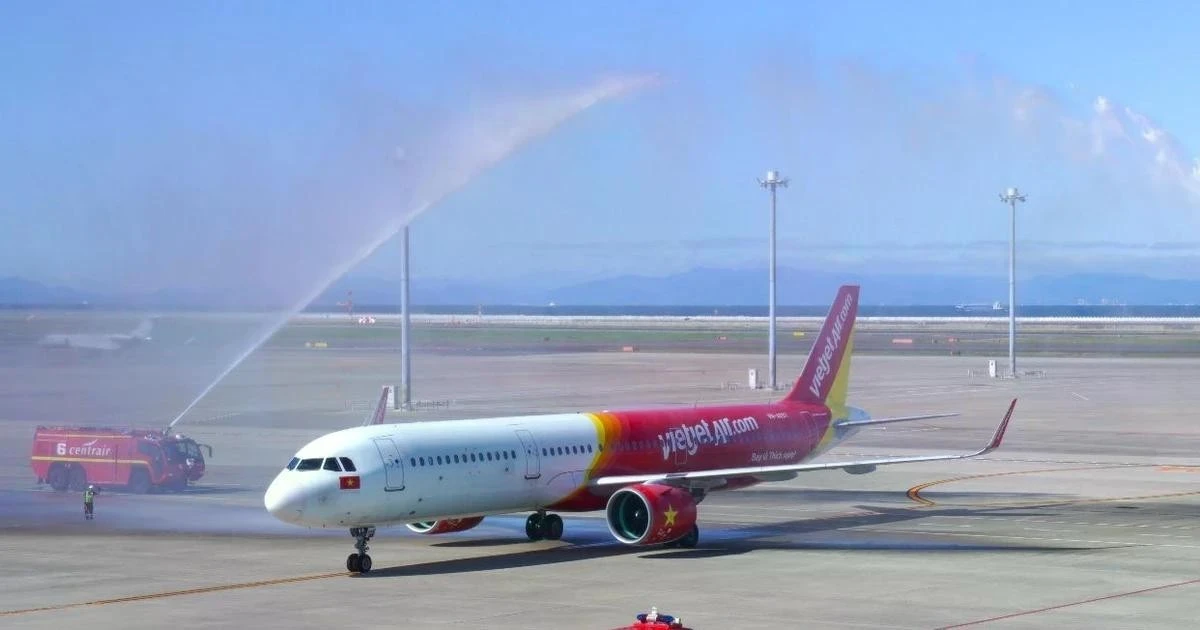

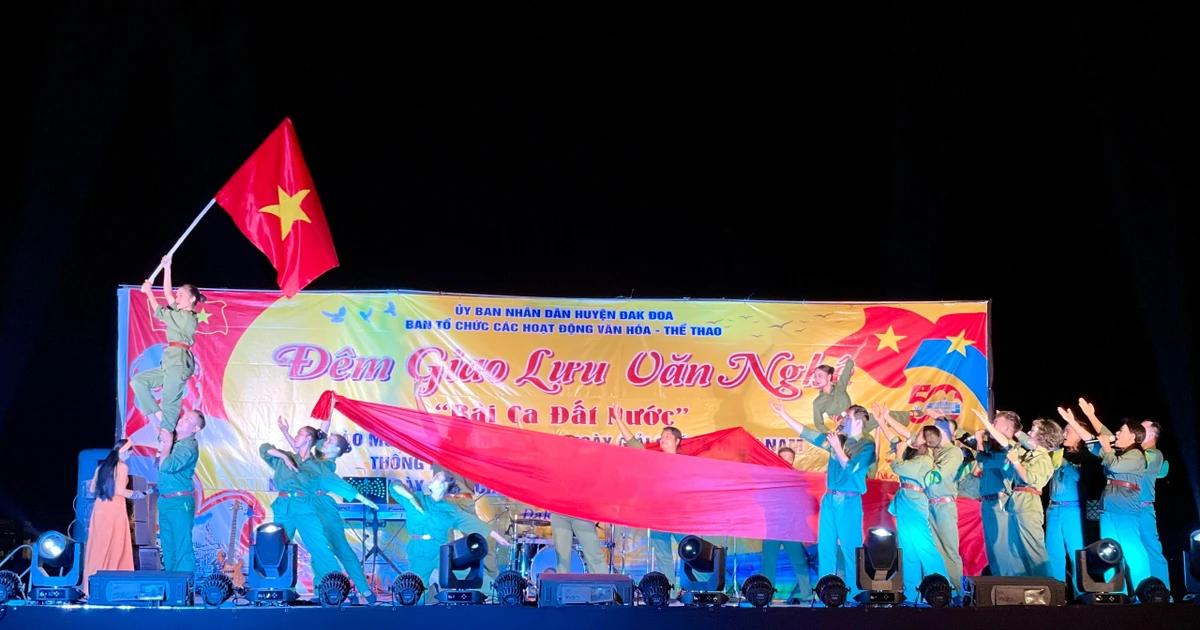



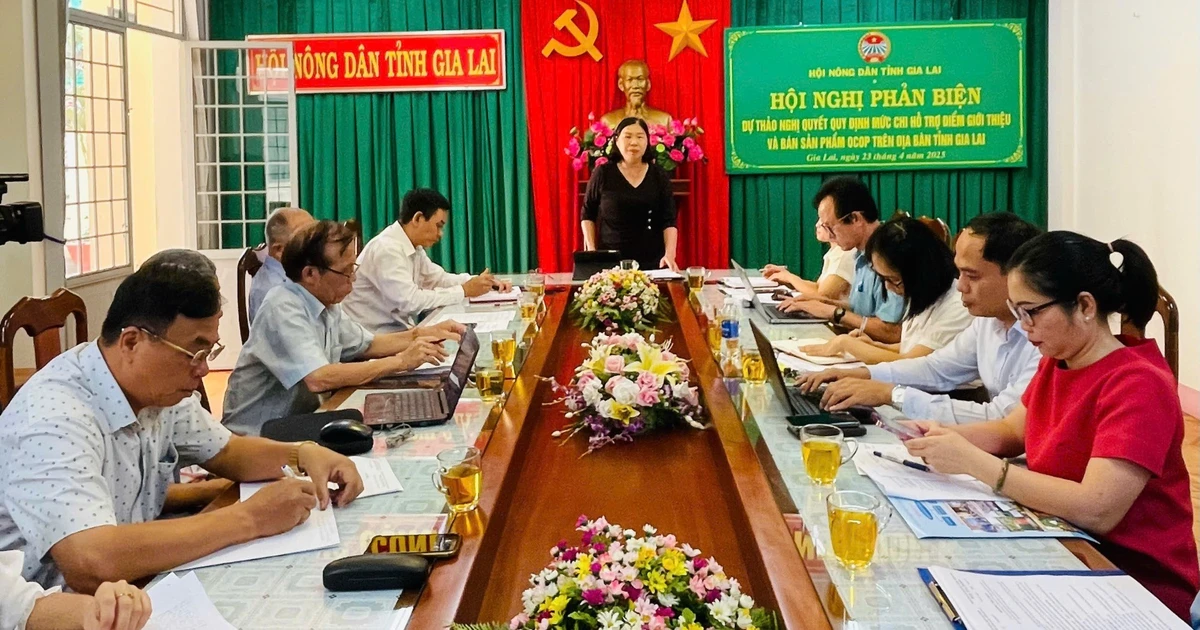
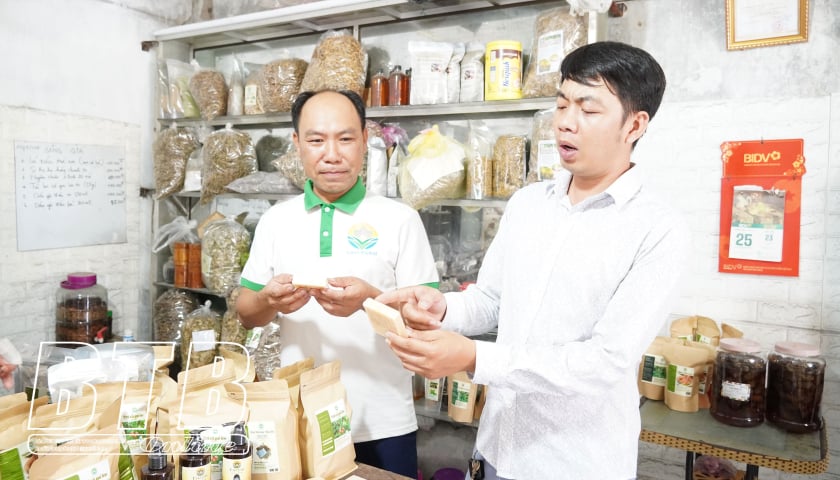



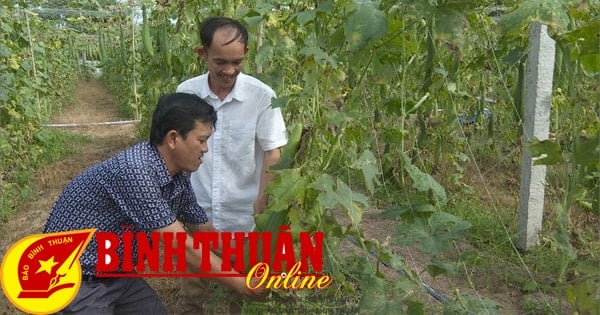

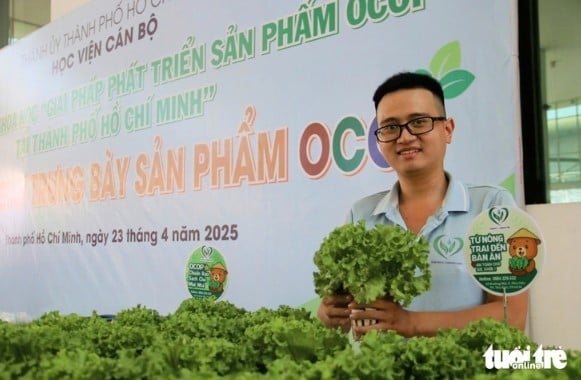
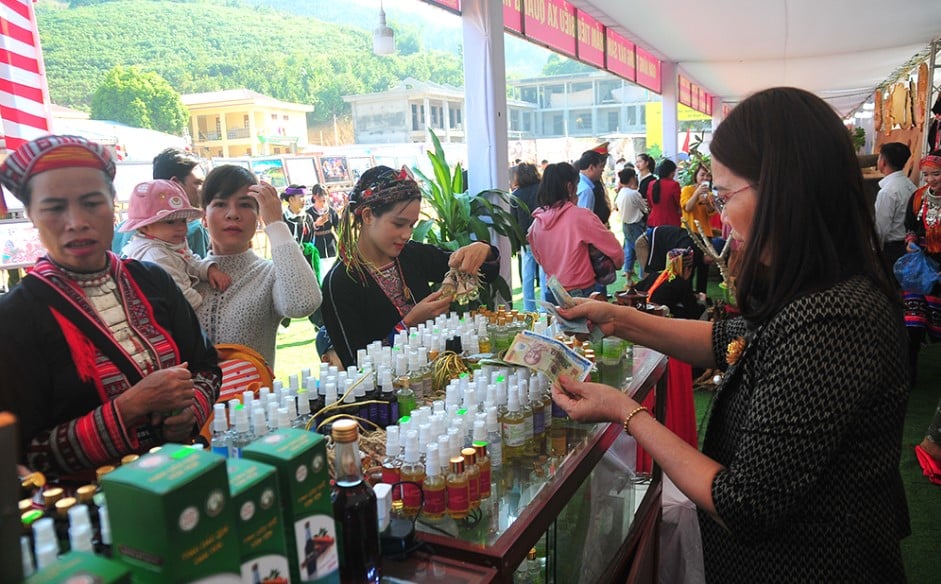
Comment (0)